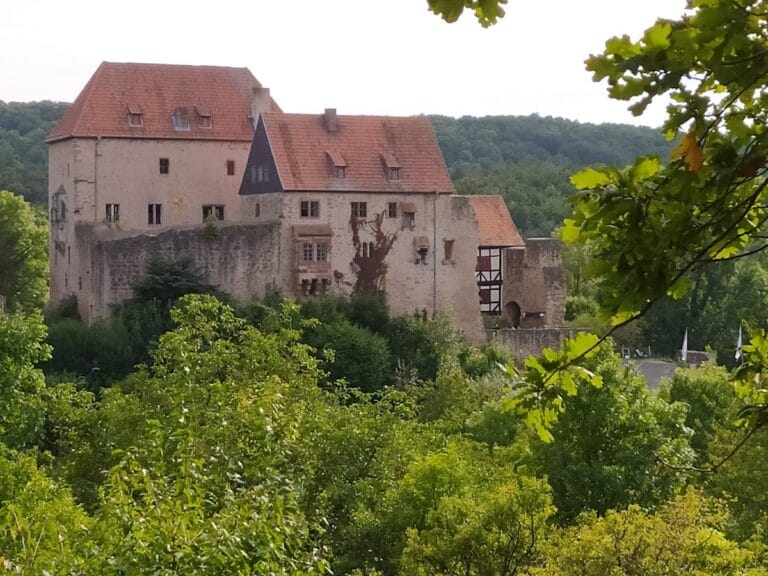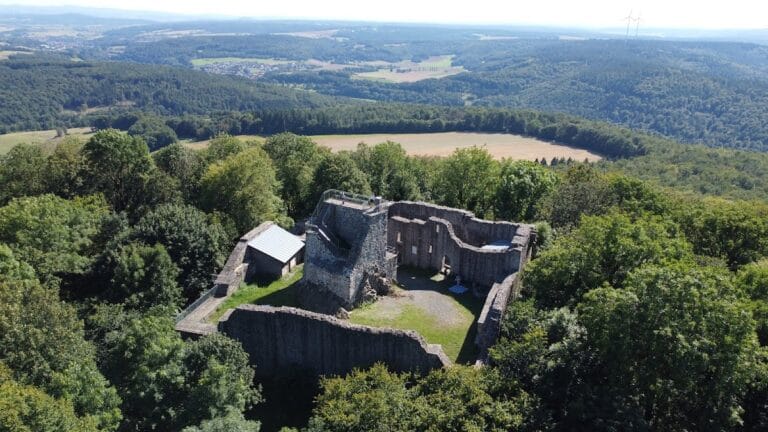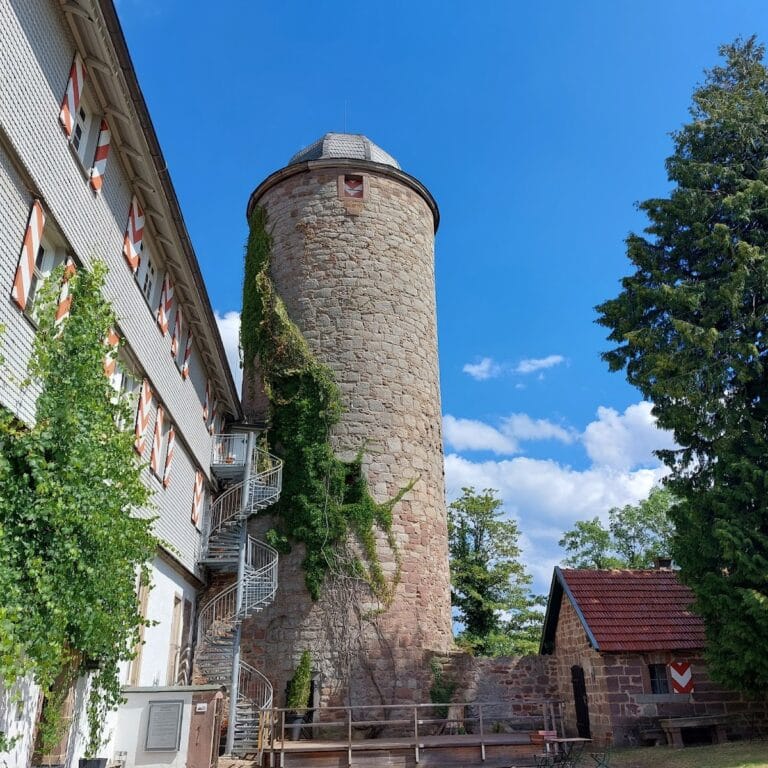Burgruine Dreienburg: A Medieval Castle Ruin in Friedewald, Germany
Visitor Information
Google Rating: 4.1
Popularity: Very Low
Google Maps: View on Google Maps
Country: Germany
Civilization: Unclassified
Remains: Military
History
Burgruine Dreienburg is a castle ruin situated in the municipality of Friedewald, Germany. This fortress was likely built by the medieval Hersfeld Abbey, a religious institution that sought to protect its lands from neighboring Hesse.
The earliest indirect record of the castle dates back to 1257, when a castle lord named Hertwig von Drigenberg is mentioned. Later, in 1296, another figure known as Wolprat de Drigenberck appears in documents linked to the site. These references suggest the castle was actively managed during the 13th century, serving as a stronghold in the region. It may also be connected to a watchtower noted in 1428 at Lautenhausen, which was identified in a border description involving the Hessian Amt Friedewald and the territory of Hersfeld Abbey. This points to the Dreienburg’s role in monitoring and protecting territorial limits.
By 1579, records describe the location as deserted, indicating it had fallen out of use by this time. The castle is depicted as a ruin on a map created by the cartographer Mercator in 1592. The last known historical mention of the ruin dates from 1642. Archaeological excavations conducted in the 20th century, specifically in 1901 and again in 1973, uncovered parts of the castle’s structure, confirming its past significance as a fortified residence.
Remains
The remains of Burgruine Dreienburg reveal a compact layout dominated by a square residential tower with sides measuring approximately 8.5 meters. This tower was constructed using rusticated ashlar blocks, known in German as Buckelquadern, characterized by their rough, protruding surfaces, which provided both structural strength and a distinctive appearance. The well-preserved wall fragments offer insight into the castle’s original defensive and living spaces.
Defensive elements are prominent in the castle’s design. On the uphill side, a neck ditch (Halsgraben) was excavated to hinder approach from higher ground. Encircling the main tower is a moat (Burggraben), serving as an additional barrier against attackers, while an outer embankment (Außenwall) further reinforced the site’s protection.
At the eastern end of the castle site, a noticeable depression marks where another building once stood, as well as the original southeastern entrance to the complex. Beyond this, a suspected outer bailey (Vorburg) lies separated from the core castle area by a section ditch (Abschnittsgraben), indicating a deliberate separation between the main fortification and its outer courtyard or ancillary structures. Further to the east, an additional ditch has been identified, which may have either subdivided the castle grounds or marked the eastern limit of the entire complex.
These archaeological findings underline the strategic and layered defensive approach of Burgruine Dreienburg, reflecting typical medieval fortification techniques adapted to its spur castle location. The ruins remain as testaments to the castle’s historical role and architectural character.







